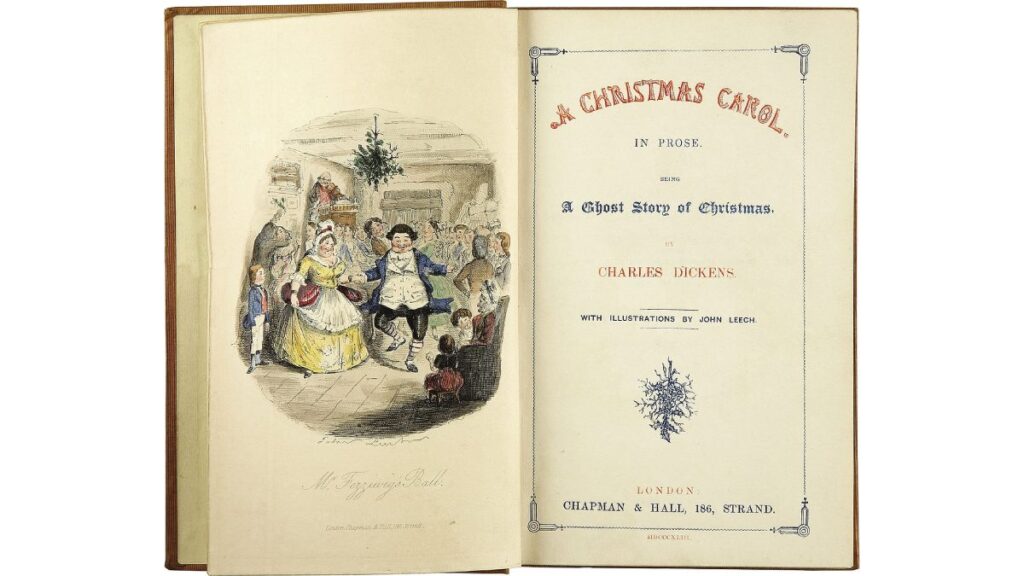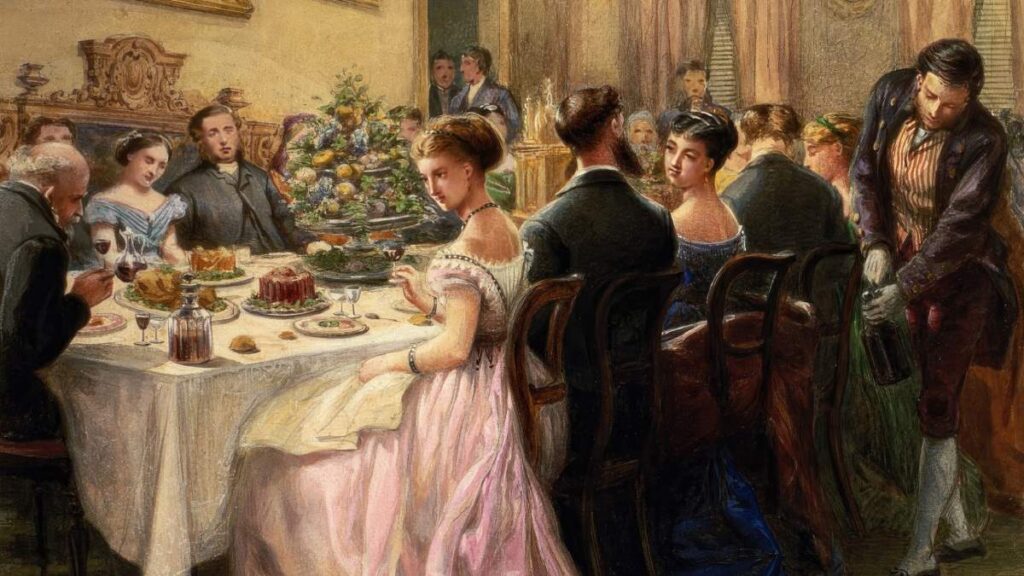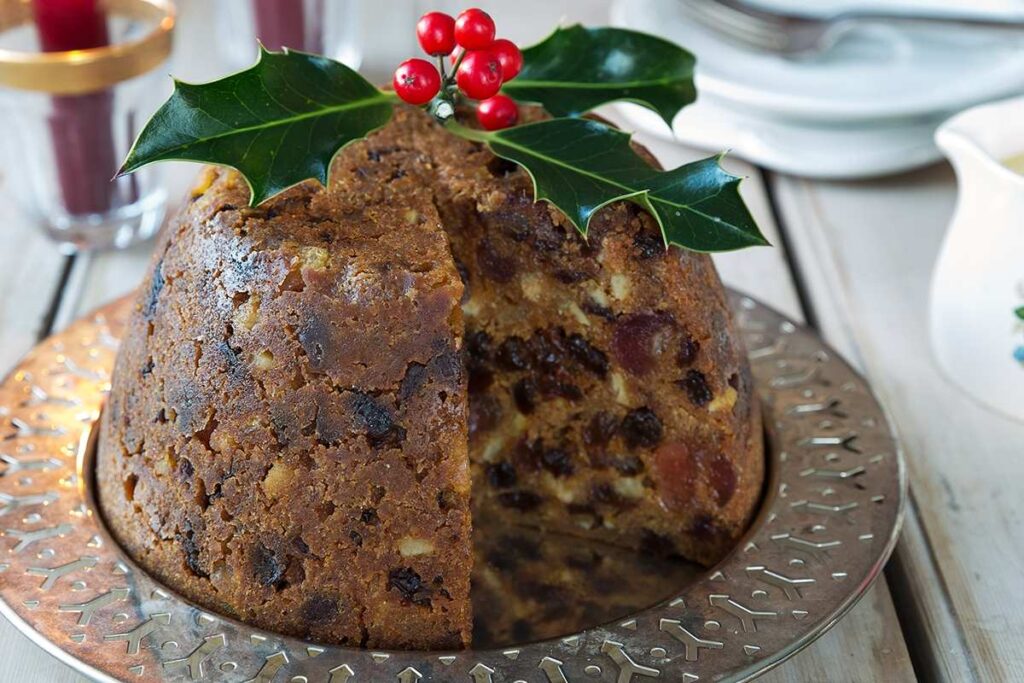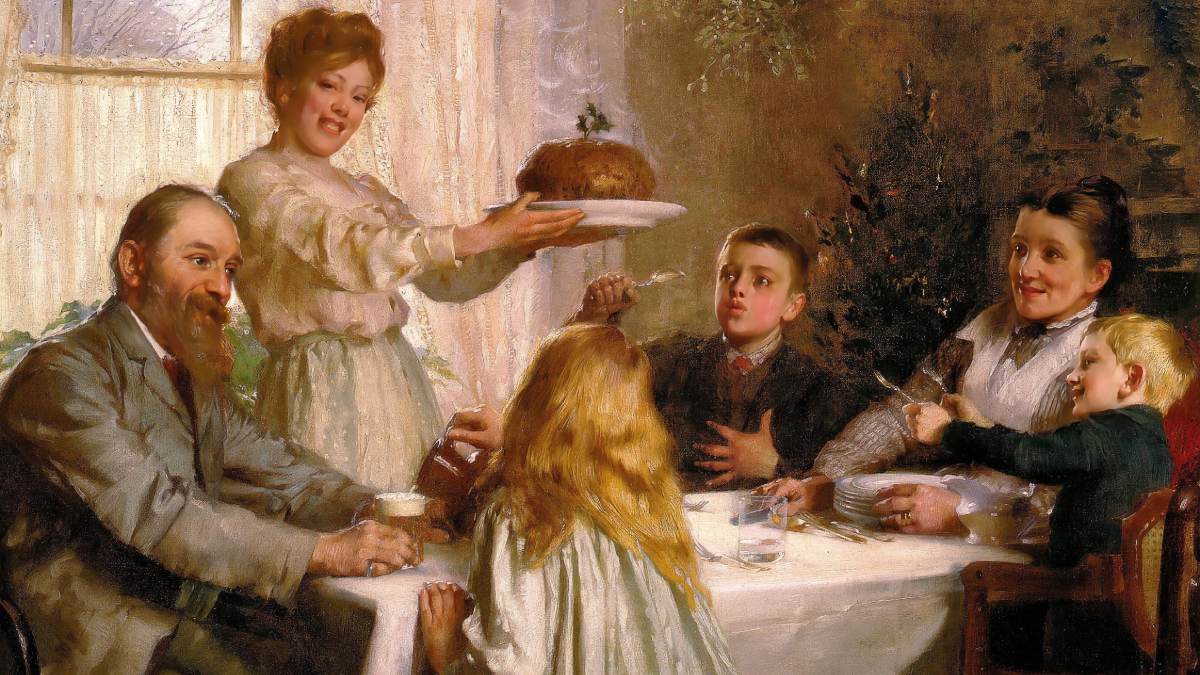Click here to read the Spanish version.
By the end of 1842, Charles Dickens was already a well-known author who had written several novels, short stories and other works. However, his latest serialized work was not proving too successful, his publishers threatening to reduce his monthly income while his wife was expecting their fifth child. At the same time, the author was nurturing a growing social concern about the poverty and injustices he observed in London’s most disadvantaged population. Those circumstances converged in the project of a novel that, through an exciting story set in the days of Christmas, would invite reflection on the need to help others.
Thus was born A Christmas Carol, a short novel published on December 19, 1843 and conceived during long night walks -of almost 30 kilometers- that the writer took around London. Due to its profound impact on the Victorian society of the time, Dickens unwittingly reshaped the most important holiday of the year with this story of redemption of the miserly and embittered old man Ebenezer Scrooge.

Prior to his publication, Christmas was seen primarily as a religious celebration, with little importance in terms of folk traditions. However, Dickens’ portrayal of Christmas as a time of family togetherness and selfless generosity, with the decorating of Christmas trees, the exchange of gifts and family dinner, permeated the popular imagination and helped to ingrain these elements into the Christmas tradition.
Leaving aside the question of solidarity, what came to the forefront in this celebration was the splendor and abundance of the Victorian Christmas table. An overflowing menu composed of countless dishes of meats, poultry, vegetables, fruits and the most delicious sweets were served in marvelous dishes and enjoyed in rooms with variegated decorations. Each host would challenge and strive to offer the most complete, original and, to a certain extent, extravagant menu. Several weeks before December 24, discussions and tests began in each mansion to configure the perfect menu to surprise the guests.
Who serves the most?
Dickens’ message seems to have struck a chord with Londoners, although not exactly with the poor in mind, but with the guests at the Christmas table. The premise was that there should be plenty of food and as much variety as possible. Tasty consommés and thick creams and soups opened the game, preceded by a rich selection of canapés, followed by fish dishes that were light to some extent. It was necessary to satisfy but not to saturate, because then came the high point of the evening, when the hostess (and her cooks, if any) demonstrated their culinary skills with beef, roasted or stewed, stuffed or in savory pies, along with delicious poultry dishes where the stuffed turkey, served with sausage and bacon, stood out.

Although turkey usually comes to mind as one of the star dishes of Christmas, in these days of Queen Victoria, goose and duck were the birds of choice for roasting and stuffing on special occasions. It would not be until the end of the 18th century when turkey arrived from America to remain as the absolute protagonist of Christmas meals.
But it wasn’t all meat, of course. On the table -or auxiliary carts- a wide assortment of side dishes was also prepared, ranging from Brussels sprouts, turnips and cabbages to potatoes -mashed or baked-, salads and, above all, different types of sauces, among which gravy, the quintessential English accompaniment to any fine meat, could not be missing.

Stomachs already satisfied, there was still room for desserts, displayed with the same taste for excess: meringues, tarts, cakes, sponge cakes, jellies, cream sweets or candies with candied fruit? And all this was just to keep the cheeks full while the culmination of the evening arrived: Christmas Plum Pudding. It is a dessert of Celtic origin that was made several days before the big date and then baked over a very low heat for several hours. In short, a spicy sponge cake that has plenty of nuts and fruits inside.
Decoration with no frills
As is to be expected given the relevance of the date, in Dickens’ London they acted as in most Spanish homes today: they used the best china and the neatest tablecloths to dress the table. The table was also adorned with candelabras, floral arrangements, silver baskets filled with fruit, and, above all, bunches of grapes, natural or frosted. In addition, the banquet tables were filled with decorative vegetation, such as ivy, holly, mistletoe and fern leaves. And a curiosity: it seems that it was around this time when it was imposed to dress the tables with long tablecloths that reached the floor, apparently in a chaste impulse to cover the “legs” of the table, just as the ladies did with theirs.
Of course, those families who could afford it, had the proper service to serve the table with the required pomp. While until the mid-nineteenth century it was customary to serve the table by piling up plates, platters and trays to show off all the food, the new “Christmas fever” brought with it the adoption of the “French style”, which allowed each diner to serve himself at will from a tray offered, leaving more room on the table for the ostentatious decoration.

